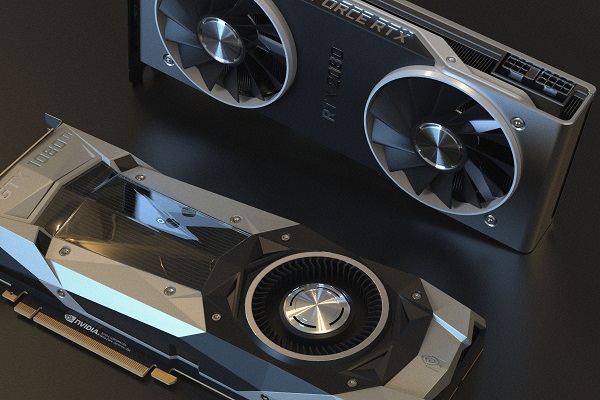Even today, it’s not uncommon for people to have outdated computers that can’t keep up with gaming or intense graphics demands. Luckily, there are ways to fix your dying GPU so you can rest easily!
What is a Dying GPU?
A dying GPU is when your computer’s graphics processing unit (GPU) starts to lose performance. This can be caused by several different factors, but most often, it’s the result of age and wear. Symptoms include reduced performance, crashes, and unusual errors. If you’re noticing any of these problems, it’s time to take action.
How to Fix A Dying GPU: Step by Step Instructions
If your graphics processor is giving you trouble, there are a few things you can do to try and fix it.
Clean the GPU: Before anything else, you need to make sure that the GPU is clean. This means removing any dust, dirt, or other debris that may be clogging up the internals. You can do this with a vacuum cleaner or a duster. Make sure to get into all of the nooks and crannies.
Replace the GPU: If cleaning and fixing the GPU doesn’t work, it may be time to replace it. This is usually a last resort, but if nothing else works, it’s the only option. There are a few different types of GPUs out there, so make sure to choose the right one for your system.
Save your GPU: Finally, make sure to save your old GPU if you decide to replace it. This will help you if you ever need to reinstall your operating system or upgrade your graphics card in the future.
Facts about GPU Life Expectancy
Graphics processing units (GPUs) are less durable than many think. In fact, according to some studies, the average lifespan of a GPU is around 3-5 years. And while this may not seem like a long time, it’s actually quite short when you consider how often GPUs are replaced in gaming laptops and other systems.
So if you’re thinking about replacing your GPU soon, here are some things to keep in mind:
– GPUs typically last around 3-5 years before they need to be replaced.
– Replacement GPUs can be significantly more expensive than original ones.
– Make sure your new GPU is compatible with your system – some older laptops require certain models of GPUs.
– Be sure to clean your GPU regularly – this will help improve its lifespan and performance.
If you follow these tips, your GPU should last for many years without issue.
Tips & Tricks
If your graphics card is struggling, there are a few things you can do to try and save it. This guide will show you how to clean, replace, and save your new graphics card.
When it comes to graphics cards, a few things can impact their lifespan. Dirty air filters, overheating issues, and lack of maintenance can all lead to a graphics card’s demise. Here are a few tips on how to keep your graphics card in good condition:
1. Clean Your Graphics Card’s Air Filters: You should first clean your graphics card’s air filters. Over time, dust and debris can build up inside the filters, causing them to restrict airflow. This can lead to overheating and decreased performance. To clean your air filters, remove the screws that hold the filter in place and then gently pull out the filter. Clean the filter thoroughly with a brush or vacuum cleaner before replacing it.
2. Overheat Issues Can Cause Graphics Card Failure: Overheating is another common issue that can lead to graphics card failure. If your graphics card becomes too hot, the internal components can start to fail. This includes the power supply (if your computer has one) and the graphics card itself. Some graphics cards have vents that allow you to ventilate your graphics card or have a built-in fan. It’s important to keep these vents clear of dust and debris that could block airflow.
3. Heat Issues Can Cause Graphics Card Failure: Heat is another common cause of failure. Many gamers know that it is recommended to cool down your rig after being in a game for a long time. Still, it’s also important to ensure that your computer is properly cooled before sitting down to play games!
Conclusion
As technology advances, graphics cards become more and more important. But like anything else, they eventually start to wear down. And when that happens, your computer can no longer handle the graphics demands of modern games or applications. If this sounds like you, here are a few tips on fixing your dying GPU and keeping it running smoothly for years to come.





Leave a Reply